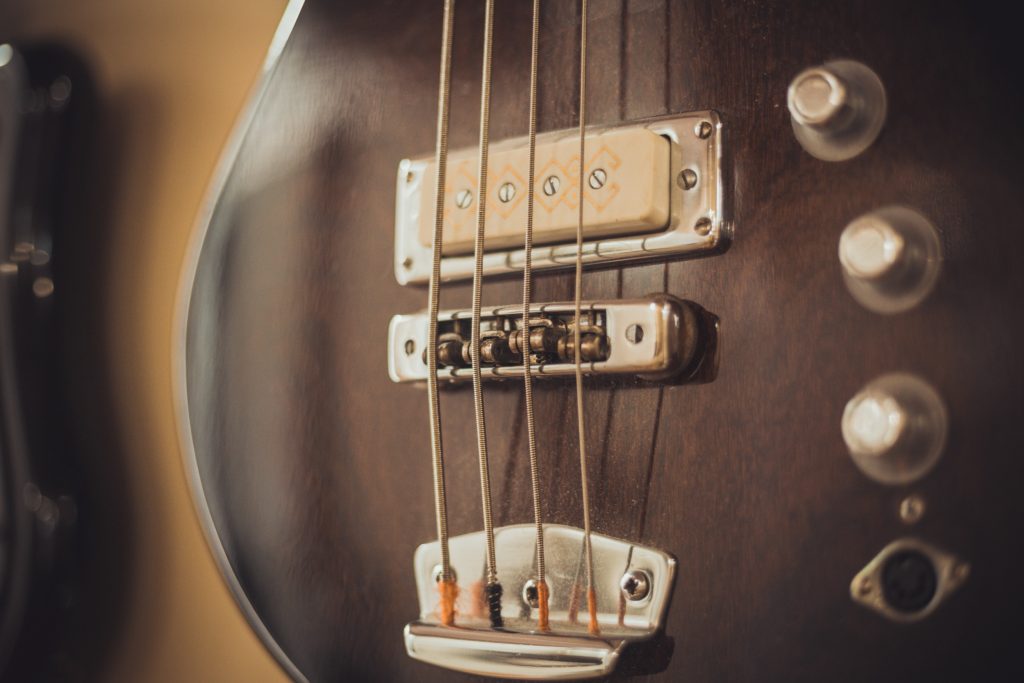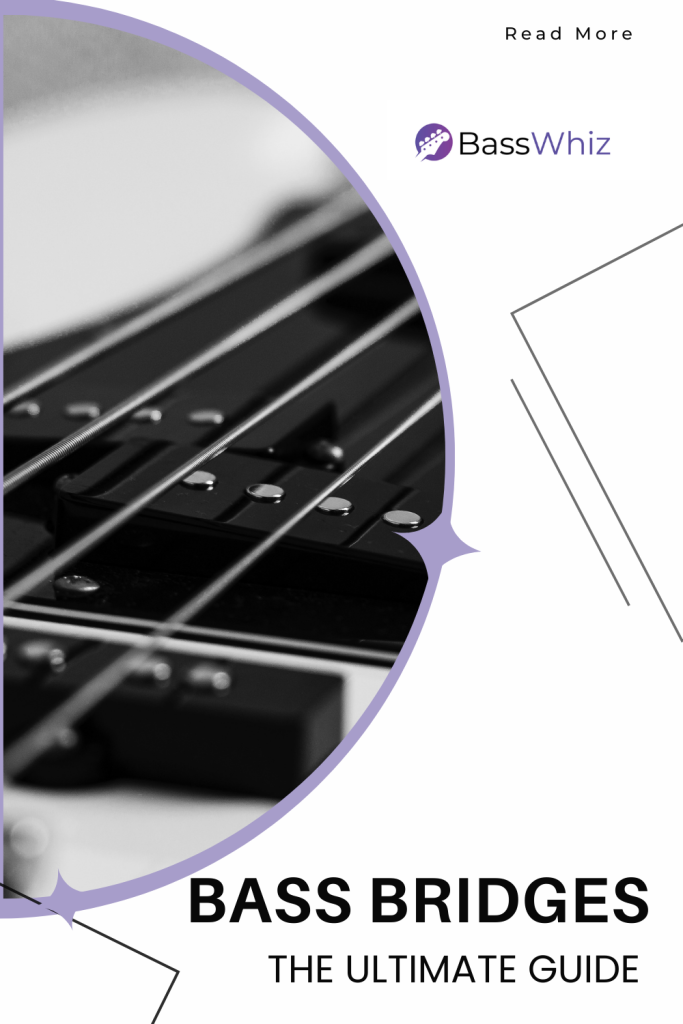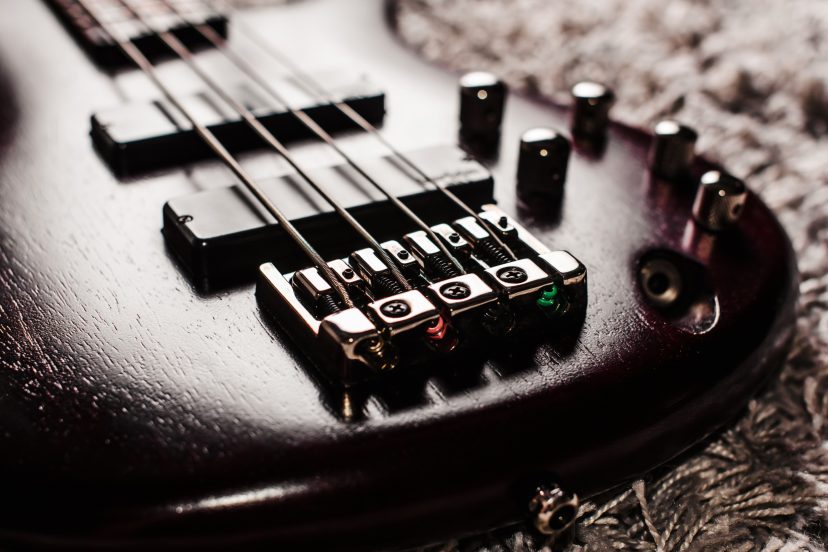Bass Bridges: The Ultimate Guide
The Ultimate Guide to Bass Bridges
I’ve always been intrigued by the impact of various components on the sound and feel of a bass guitar. Among these, the bass bridge holds a special place. It’s not just a piece of hardware; it’s a pivotal element that influences the tone, sustain, and overall playability of your instrument. In this comprehensive guide, I’ll share insights and practical advice on everything related to bass bridges. Whether you’re a beginner or a seasoned player, understanding the nuances of bass bridges can elevate your playing experience.
Introduction to Bass Bridges
Understanding the bass bridge is crucial for anyone serious about their instrument. It’s more than just a connection point for the strings; it’s where much of the magic happens in terms of sound and resonance.
What is a Bass Bridge?
A bass bridge is a key component located at the lower end of the bass guitar, anchoring the strings and transferring their vibrations to the body of the instrument. This transfer is essential for producing the sound. When the strings vibrate, the bridge helps to amplify these vibrations, resulting in the sound we hear.
Importance of a Quality Bass Bridge
The quality of your bass bridge can make a significant difference in your instrument’s sound. A well-made bridge ensures better vibration transfer, consistent action (string height), and more precise intonation (tuning accuracy). It also impacts the sustain, which is how long your notes hold out. In my experience, upgrading to a higher-quality bridge can transform even a mediocre bass into a more resonant and responsive instrument.
Types of Bass Bridges
There are various types of bass bridges available, each offering its own set of benefits. Your choice will depend on your playing style, the tone you’re aiming for, and the level of customization you desire.
Fixed Bridges
Fixed bridges are the most common type found on bass guitars. They are sturdy, reliable, and require less maintenance. This type of bridge is great for players who value stability and straightforward functionality. On my first bass, I had a fixed bridge, and it was a breeze to maintain, even for a beginner.
Adjustable Bridges
Adjustable bridges allow you to adjust each string’s height and length, providing greater control over action and intonation. This type is ideal for players who like to tweak their setup for different playing styles or genres. I personally love the flexibility that adjustable bridges offer, especially when I’m experimenting with different playing techniques.
Through-Body Bridges
Through-body bridges, where the strings are fed through the body of the bass, offer enhanced sustain and a slightly different tone compared to top-load bridges. They can add a unique feel to your playing, and many players, including myself, appreciate the subtle tonal differences this type of bridge provides.

Selecting the Right Bass Bridge
Choosing the right bridge is not just about buying the most expensive or the most popular one; it’s about finding what works best for your specific needs and playing style. Here are some key factors to consider:
Factors to Consider
When selecting a bass bridge, consider your playing style and the genres you prefer. Are you into fast, aggressive playing, or do you lean towards a softer, more melodic style? Also, think about the tone you’re aiming for. Do you want a bright, punchy sound or a warm, mellow resonance? These considerations will guide your choice of bridge.
Material and Durability
The material of the bridge affects both its tonal qualities and durability. Common materials include brass, which offers a warm tone, and steel, known for its bright, punchy sound. Aluminum bridges are lightweight and can provide a more balanced tone. In my journey, I’ve found that high-quality metal bridges not only enhance the tone but also stand the test of time.
Compatibility with Your Bass
It’s vital to ensure the bridge you choose is compatible with your bass. This isn’t just about the size or the string spacing; it’s also about the curvature of the bridge and how it matches your bass’s body. I’ve learned the hard way that not all bridges fit all basses, so do your research or consult with a professional.
Installation and Maintenance Tips
Proper installation and maintenance are key to getting the most out of your bass bridge. Here’s what I’ve learned over the years:
Installing a Bass Bridge
Installing a bass bridge can be a delicate task. If you’re not confident in doing it yourself, I recommend seeking professional help. However, if you’re up for the challenge, make sure you have the right tools and follow the instructions carefully. Take your time to align everything correctly, and remember, a little patience goes a long way.
Maintaining Your Bass Bridge
Regular maintenance of your bass bridge is crucial. This includes cleaning it from time to time to remove any buildup of dirt or grime and checking for any signs of wear or damage. Also, ensure the screws and any moving parts are properly lubricated. Good maintenance not only prolongs the life of the bridge but also ensures consistent sound quality.

My Favorite Bass Bridges
Over the years, I’ve tried various bridges and found a few favorites. For those who prefer a warm, rich tone, I recommend brass bridges. If you’re looking for more clarity and sustain, a steel bridge might be your best bet. And for a balanced, versatile sound, aluminum bridges are a great choice.
Conclusion
Selecting the right bass bridge is a crucial decision that can significantly affect your instrument’s performance. Whether you’re a beginner or a seasoned player, understanding the importance of the bridge, its types, and how to choose and maintain one is vital.
Remember, the bridge is not just a piece of hardware; it’s an integral part of your bass that shapes its voice. Investing time and effort in choosing the right one is worth it for the enhancement it brings to your music. A good bass bridge can elevate your playing experience, enhance the tonal quality of your bass, and ensure the longevity and reliability of your instrument. It’s an investment in your music, your passion, and your art.
FAQs
Q: What’s the difference between a fixed bridge and an adjustable bridge?
A: A fixed bridge is set in a fixed position, offering stability and ease of maintenance. An adjustable bridge allows you to adjust the height and intonation of each string, providing more flexibility and customization.
Q: How often should I maintain my bass bridge?
A: I recommend a quick check every time you change your strings, with a thorough cleaning and inspection at least once a year.
Q: Can changing the bridge affect my bass’s tone?
A: Absolutely. Different materials and bridge types can significantly alter the tone, sustain, and overall sound of your bass.
Q: Is it difficult to install a bass bridge?
A: It can be if you’re not familiar with the process. It’s always a good idea to consult a professional if you’re unsure.
Q: What are some common mistakes to avoid when choosing a bass bridge?
A: Avoid choosing a bridge solely based on price or appearance. Make sure it’s compatible with your bass and suits your playing style and tonal preferences.




